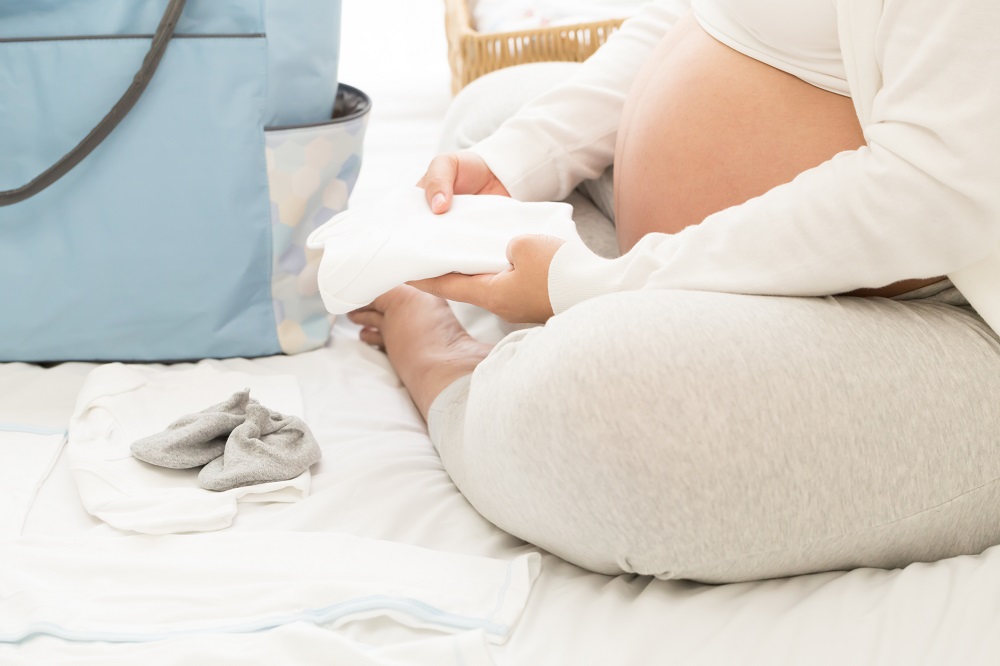
Your bag is packed, the nursery has been painted and the pram is awaiting a new baby. Time to prepare yourself mentally and physically for labour and birth…
Every labour and birth is different, and it’s difficult to predict your experience. However, there are many steps that you can take to prepare yourself for what lies ahead.
Antenatal Classes
The more information you and your partner receive during the antenatal period, the better equipped you will be to make decisions later on and understand any decisions the labour ward team may need to make during labour and delivery.
Birth Plans
Formulating a birth plan provides you with the opportunity to discuss your wishes for your labour and birth with your midwife in the antenatal period. It also helps some women feel more confident and in control of their labour. However, it is important to realise that having a birth plan does not guarantee that everything that you decide beforehand will go to plan on the day! It is best to keep an open mind and be as flexible as possible.
Alternative births
While a vaginal delivery in a hospital is the most common type of delivery, in certain cases, a different type of birth can be discussed with your caregiver.
Vaginal Birth after Caesarean (VBAC):
If you have previously had a Caesarean, it may be possible to have a vaginal birth this time. If you are interested in having a VBAC, learn as much as you can during the pregnancy. Consider going to antenatal classes designed for VBAC , which can prepare you both for the reality of labour and for a spontaneous labour.
Elective Caesarian Section
While the majority of women deliver their baby without any complications, some women with complications – such as a low-lying placenta – who have a breech presentation, pre-eclampsia or very high blood pressure may need to have a Caesarean section.
Induced Labour
If you are between ten days and two weeks over your due date, your doctor may discuss the option of inducing your labour.
Home birth
If you want a home birth, you will need to contact your hospital very early on to ask if they operate the service. If they don’t, you can contact an independent source for more information. See more information at the Homebirth Association of Ireland website.
Pre-Labour Warning Signs
Although the following may indicate that labour is not far off, they are not actually part of the process itself:
- Braxton Hicks contractions are random ‘practice’ contractions that occur at various times throughout pregnancy. Braxton Hicks seldom continue regularly for more than 60 minutes.
- You may be aware of your baby’s head pressing down.
- You may have a bout of diarrhoea, and some women also feel nauseous.
- Some women may experience a burst of energy a day or two before they go into labour.
Signs of Labour
Contractions associated with the onset of labour may start off as cramp-type pains (similar to period pains) and you may notice them in your stomach, back or thighs. When you are in labour, the contractions will increase steadily, reach a peak, and then decrease again. In between, there should be a phase without any pain. Labour is usually established when your contractions last for more than 40 seconds, occur every five to seven minutes over an hour and are beginning to become painful.
A ‘show’ is the release of the mucous plug that seals the cervix or opening to your womb. As the cervix starts to soften and open a little, the show comes away. It is usually sticky and jelly-like and may be streaked or tinged with blood.
For about ten per cent of women, the breaking of the waters is the first sign that labour is imminent. When this happens some women feel a distinct ‘pop’ or ‘ping’ and then a gush of warm, clear fluid called ‘liquor’. Others just notice a gentle trickle. At this stage you should contact your midwife. For most women, though, the waters do not break until they are well into labour.
What can I do?
- Eat and drink as you want; small portions and light snacks are the easiest to digest.
- Try taking a warm bath or shower to ease any aches or pains.
- Try to relax and concentrate on your breathing, which should be slow and steady – in through the nose and out through the mouth.
- Alternate between walking and resting. If you can, try to get some rest to prepare yourself for labour.
- Keep in contact with your birthing partner for support and reassurance.
When will I call the midwife or go to hospital?
The right time to call your midwife and go to the hospital is when you feel you would be more relaxed if she was close by. Always contact the hospital if you experience any of the following:
- Excessive or abnormal vaginal bleeding aside from the standard “show”
- Concerns about the baby’s movements
- Severe abdominal pain
- Headaches or vision disorders
- Any other worries or concerns about yourself or the baby
maternity & infant
Originally posted 2014-04-08 14:04:58.








